
Different international organisms have developed instrume...
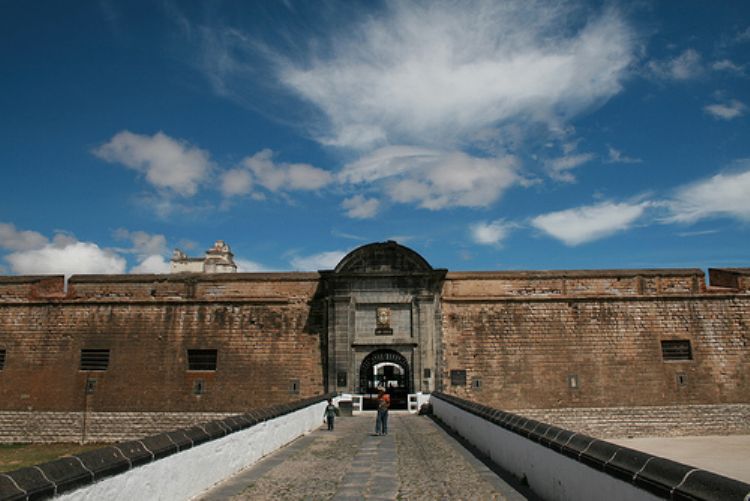
Remains of prehispanic civilizations between 1,500 and 1,200 years have been found in over 200 sites in the state of Veracruz. The civilizations of which we know inhabited the area were the huastecos, totonacas, and olmecas.
The beginnings of the olmeca culture are traced towards the V century a.c., due to this; it is considered the ¨mother¨ culture of the state. Located on the Mexican Gulf, they used agriculture for the first time when they settled in Tres Zapotes. They are famous for their giant sculpture heads, their alters, and the Señor de la Limas.
We know little about the Huasteco people for they had to avoid many invasions. The Totonaca communities in the state flourished in the late classic period and the remains of their most important ceremonial centers are Tajin, Zapotal, Las Higueras, Yohualichan and Nopiloa.
In 1518 the first Spanish expedition arrived, with Juan de Grijalva as head. Originating from Cuba, these conquistadors dedicated themselves to finding rivers and the coast. Later, in 1519, Captain Hernan Cortes arrived to found the Villa Rica of Veracruz on a Good Friday; city and port which would become a contact point between the new province and Spain. From this point they sent precious metals, fruits, seeds and cotton to the old world, while the Spaniards colonized and received domestic animals, slaves, powder and red wine, among other European products. However, as in many other Mexican ports, Veracruz suffered many pirate attacks.
The colonial exploitation reduced the number of natives in the region considerable, which caused the Spaniards to bring slaves to work on the Veracruz charges.
In 1618 the villa de Cordoba was founded and in 1739, the Xapala city council rebeled. (Actual capital of the state).
The Mexican independence was supported by many Veracruz people, among them the young men Evaristo Molina and Cayetano Perez. Many battles between insurgents and realists took place on these grounds, and finally, in 1821, the last Spanish virrey Agustin de Iturbide signed the Treaty of Cordoba in the city with the same name, to put an end to 300 years of Spanish government.
During the celebration of the Congress of the Union in 1824, the creation of an independent state in Veracruz was announced.
In 1847, the north American occupation took the port of Veracruz during 4 months, until the signing of the Treaty of Guadalupe Hidalgo put a price on Mexican liberty, the ¨sale¨ of over half of the Mexican territory in the north of the country.
This meant the welcoming of larger industries for the state, mainly textile. The manufacturers worked well for all the owners, however, the workers were exploited with hard labor, and ridiculous pay by ¨tiendas de raya¨ which included the company keeping a count of any debt the worker or his family had with the company.
Before such labor conditions, the workers of the region of Orizaba united with Puebla and Tlaxcala and organized the Great Circle of Free Laborers, one of early acts of the Mexican Revolution.
During the modern history of the country, Veracruz has had a leading role; some of the important political and social events on Veracruz lands were: being the capital of the country during the presidency and promulgation of the reformed farming laws, being centre of the National Preliminary Congress where the Confederation of Mexican Jobs was created, centre of the Foundation of the League of Farming Communities, participating in the petroleum syndicates by President Lazaro Cardenas

Different international organisms have developed instrume...
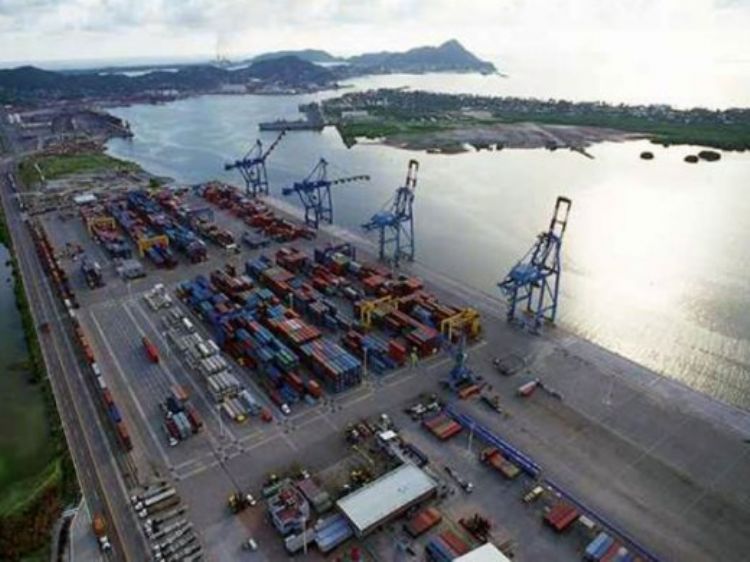
Port of Ensenada; This port is located on Mexicoâs nort...
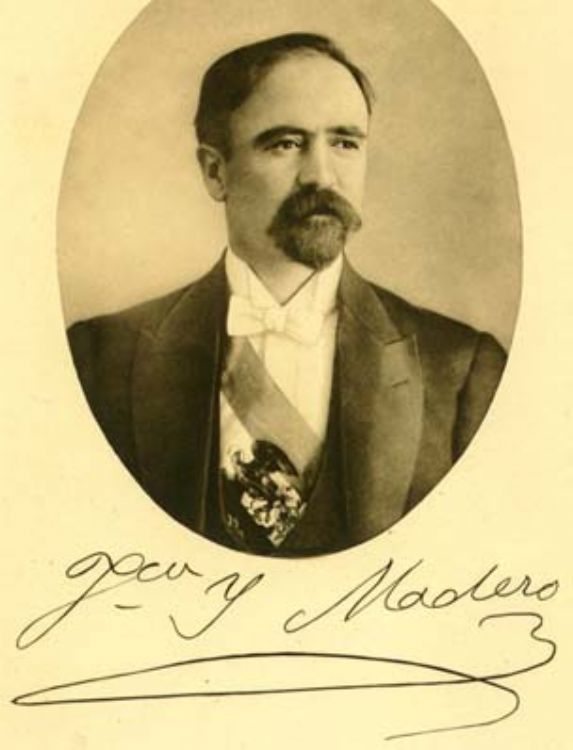
The Mexican Revolution has been one of the political-soci...

The history behind this tax is known by almost all of us:...

These delicious tacos originated in the city of Puebla as...

The Popular Revolutionary Army (EPR for its initials in S...
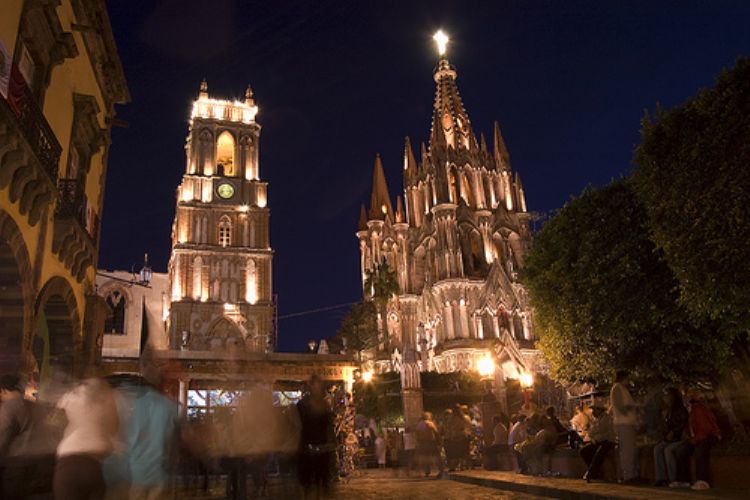
The Magical Towns of Mexico are cities that have witnesse...
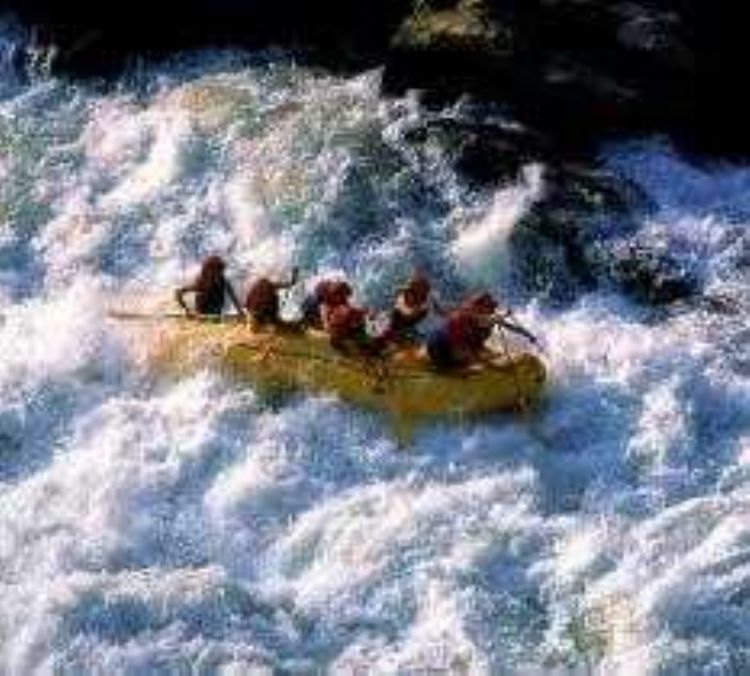
The State of Veracruz is Mexicoâs best spot for whitewa...
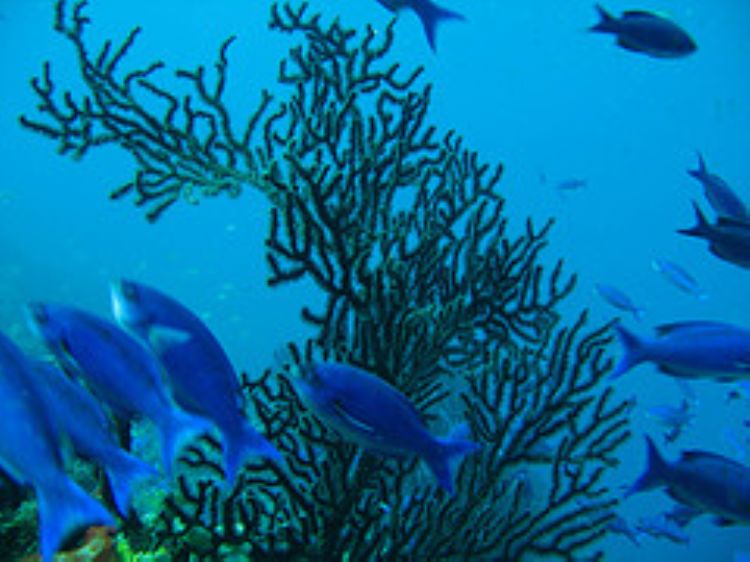
The Veracruz Coral Reef System is composed of two areas, ...

One of Mexicoâs fundamental problems is migratory flow....
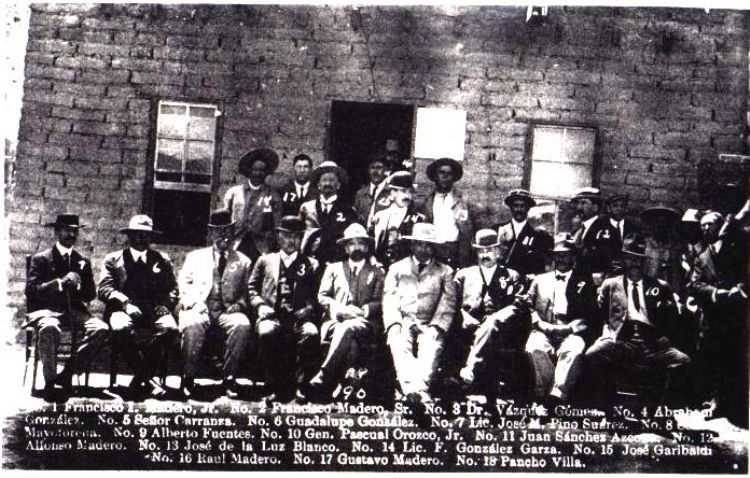
During the 19th century, the country had many battles, no...
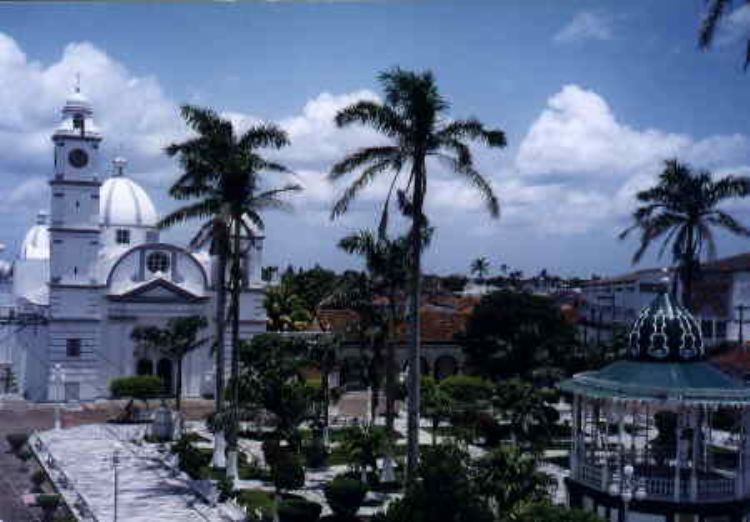
Tlacotalpan means âin the middle of the Earthâ and is...